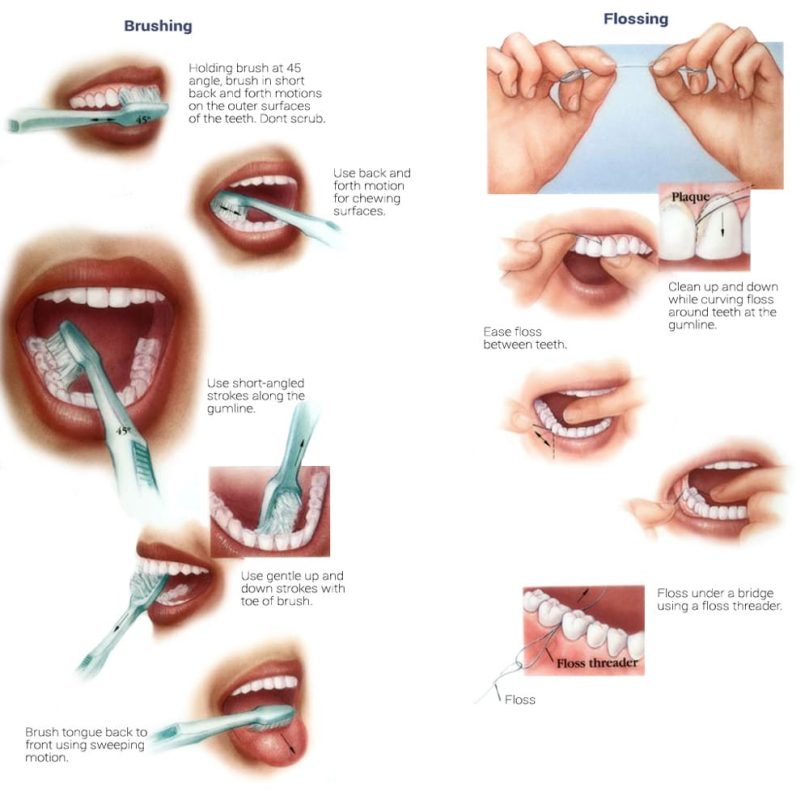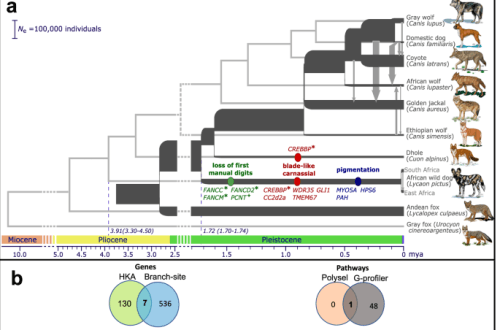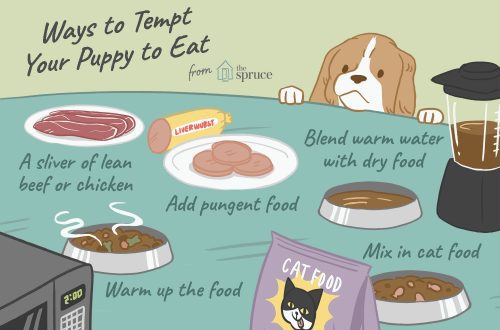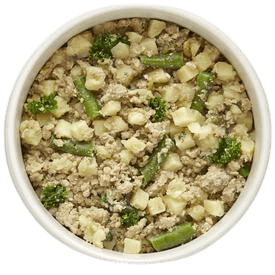
Oral Care Caring for Dental Health
Tooth development
At the age of 3-4 weeks, your puppy will begin to erupt milk teeth. In general, dogs have 28 milk teeth. At the age of 3-4 months, they begin to stagger and fall out, being replaced by permanent, molars.
Milk teeth must fall out before permanent teeth appear. If the milk teeth are still in place by the time the molars appear, you should consult your veterinarian.
The two front teeth in the upper jaw usually appear first, and the last are the large incisors or canines in the upper and lower jaws. Most puppies experience only minor discomfort during molars, however, they may experience increased salivation. The average dog has 44 teeth. Usually 22 on each jaw. Of these, 8 upper and 6 lower incisors, 4 canines, 16 premolars, 4 upper and 6 lower molars.
Diseases of the oral cavity
Dental diseases are very common in dogs, so it is necessary to pay attention to caring for the oral cavity. Check your pet’s teeth regularly, at least once a week, and watch for signs of disease such as:
Bad breath
Bleeding gums
Formation of tartar or plaque on the teeth
Brushing your dog’s teeth daily helps prevent dental disease, so it’s best to start doing it right away. Ask your veterinarian about a special toothpaste (human toothpaste is not suitable here) and a toothbrush.
How to brush your dog’s teeth
First of all, make sure you have a collar and leash on. Take a position and place your puppy in such a way that it is convenient for you to inspect his oral cavity. Squeeze some toothpaste onto your finger and let the puppy lick it off, then start gently massaging the toothpaste with the toothpaste. When he gets used to this feeling, you can start brushing his teeth with a toothbrush. Gently pull the puppy’s lips and cheeks back to expose the premolars and molars.
Brush your teeth in a circular motion and be sure to clean the sockets of your teeth.
Try to reach the very back teeth, because. problems usually start there.
It is important that your puppy is calm and relaxed, so encourage and praise him.
Although this procedure may seem difficult at first, then brushing your teeth will become easier, and if your puppy gets used to brushing his teeth from childhood, this process will be easy for both of you. In addition to brushing your teeth, you can use special foods to help keep your puppy’s teeth and gums healthy as they get older. These foods include, for example, Hill’s™ Science Plan™ Oral Care. The large, specially structured pads are designed to keep your puppy’s teeth free of plaque.





